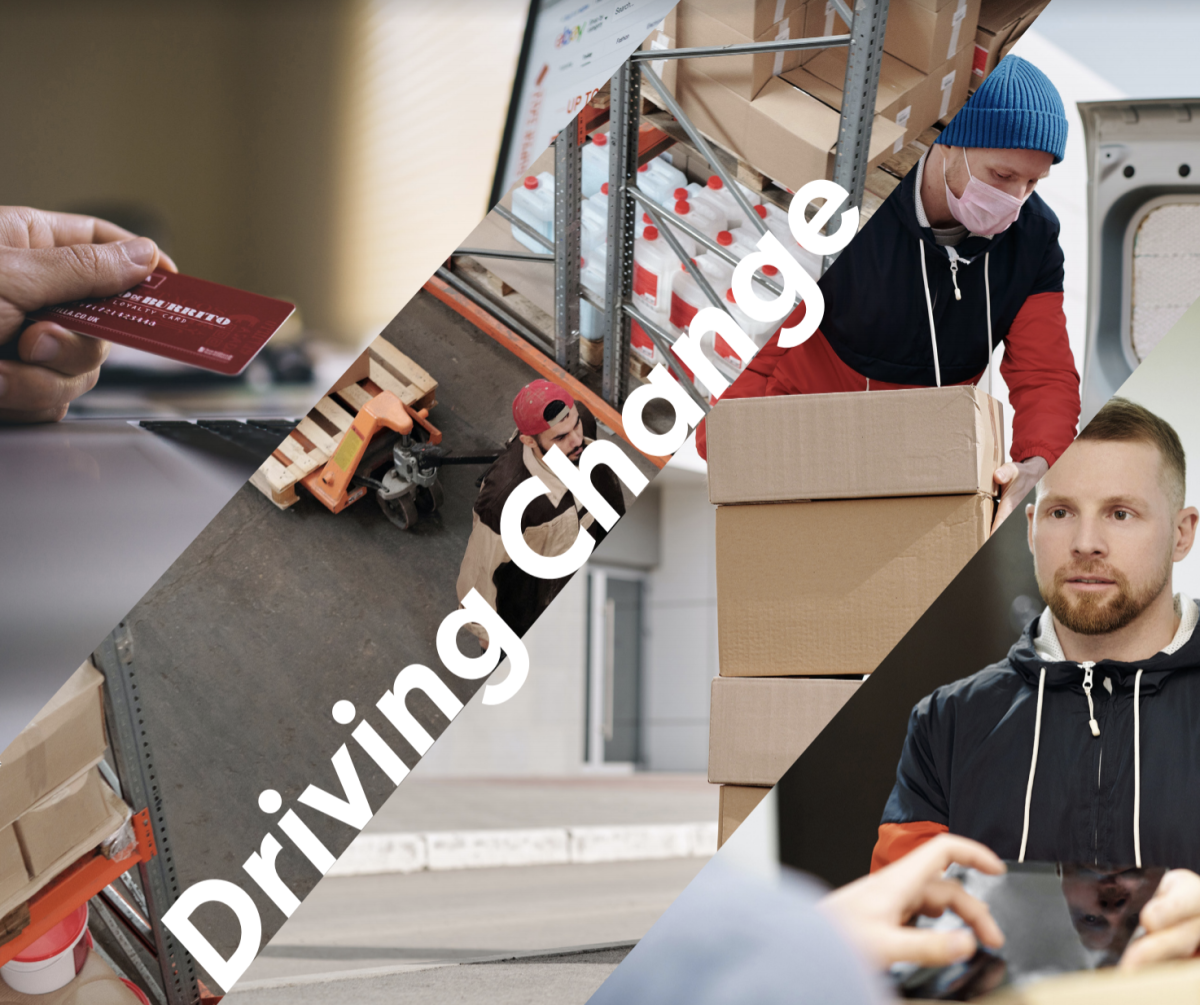Driving Change

Yiling Zhang is modeling major changes to the way we buy goods online and travel by bus.
The pandemic dramatically transformed the relationship between American households and online delivery services. What once felt like a convenience turned into a necessity for many families and individuals who felt safer on their couch than in the aisles of a retail store. Early this summer, Americans spent more money online than they had over the 2019 holiday period, according to Adobe Analytics. Online spending in June 2020, for instance, reached $73 billion in the U.S.—a nearly 80 percent uptick year-over-year—as households opted to buy consumer electronics, apparel, and grocery items over the Internet.
ISyE Assistant Professor Yiling Zhang believes the pandemic has accelerated the demand for e-commerce, particularly for businesses that once considered it secondary to their storefront operations. Zhang has been researching last-mile delivery, which focuses on the logistics behind transporting goods over the “last mile”—from a store or a warehouse to a person’s residence. With funding from the University of Minnesota Center for Transportation Studies, Zhang is developing a model that businesses large and small can adopt to remain competitive with Amazon, Walmart, and other retailers with an established delivery system.
To build a last-mile delivery service, Zhang says there are two main aspects to consider: design/ planning, and operations.
At the design and planning stage, it’s about numbers. “You’ll want to know how many professional and crowdsourced drivers to hire, how many vehicles to purchase, and how many of each should be located at different locations,” she explained. If there’s an uptick in deliveries or a shortage of crowdsourced drivers, the need to hire professional drivers increases, otherwise delivery performance could suffer. At the operations level, it’s about logistics. Customer demand can fluctuate at random, which means order sizes and customer geography can change daily. “The main question I want to answer is how do you balance paying a moderate rate for delivery operations while achieving satisfactory delivery speeds to the customer,” says Zhang.
“Our models can be applied easily to different fields, including the delivery of social services to communities in need.” —Yiling Zhang, ISyE Assistant Professor
Her ultimate goal is to provide a robust system that helps businesses allocate the right resources.
“The general methodology and tools provided by this research can be easily adapted to different retail models,” says Zhang. “There could also be benefits for nonprofit or government organizations. For example, this type of platform could be a way to deliver critical social services, like periodic health check-ups for the elderly.”
Zhang is teaming up with ISyE Professor Saif Benjaafar to incorporate a multidisciplinary approach. The models they are developing use techniques from stochastic optimization, network optimization, and economic analysis. Moreover, they plan to validate their models using data from two major retailers.
“We want to test the effectiveness of our models on actual cases and we’re going to do that by leveraging data from real companies,” says Benjaafar. “But our goal is not just to use data to validate our algorithms. There might be an opportunity to implement these algorithms in the field and then do a pilot of some sort to test their effectiveness. At that point, we could measure how much they’ve actually improved performance.”
Going Electric
Zhang’s fascination with transportation and operations efficiency goes beyond last-mile delivery. She received funding from the Center for Transportation Studies for a second project—this one on the electrification of transit systems.
Cities around the world are increasingly investing in battery electric buses, also known as BEBs. Metro Transit, the primary transit provider in the Twin Cities, recently took steps to replace its diesel bus lines with BEBs, while simultaneously mapping out new bus routes. In addition to its 900 buses serving an average of 225,000 customers every weekday, Metro Transit introduced eight BEBs in early 2019 to service a new rapid transit route called Line C.
A critical component of Zhang’s study is to map out an electronic charging station infrastructure that Metro Transit can use to expand BEBs to new routes. “Given the existing charging stations in the city and the current bus schedule, our goal is to maintain the current bus schedule as much as possible,” she says.
Zhang is teaming up with two University of Minnesota faculty: Ying Song (Department of Geography, Environment, and Society) and Alireza Khani (Department of Civil, Environmental, and
Geo- Engineering). According to Khani, Metro Transit’s Line C currently uses two charging facilities—one at each end of the route. However, expanding BEBs to new routes isn’t as easy as copying the Line C template for diesel buses.
“There is not a one-size-fit-all model for charging station locations,” says Khani, who is also an ISyE affiliated faculty member. “There are many factors such as bus facilities, power supply, and land availability that contribute to selecting an optimal network of charging stations.”

Zhang and her collaborators are building their model with the world in mind. They believe their BEB network can be mapped to cities with comparable daily ridership. “Our research will develop methodologies that can be general and applicable to similar transit systems,” Khani says while naming Denver, Portland, and Dallas as immediate examples. Those methodologies could later be tweaked to accommodate for changes in population density, route length, climate, and other factors.
Challenges aside, the researchers are driven by the many advantages that come with a switch to electric-powered transit. “There are financial benefits,” says Zhang. “Electrical buses require less maintenance, so there are reduced maintenance costs. The fuel costs are also lower.”
For Song, quality of life is another reason to move in this direction. “While buses are serving areas with the most need,” she explains, “those areas are also receiving the most negative environmental impacts such as congestion and bad air quality. Replacing the diesel buses with battery electric buses would potentially mitigate the emissions around these disadvantaged communities.”